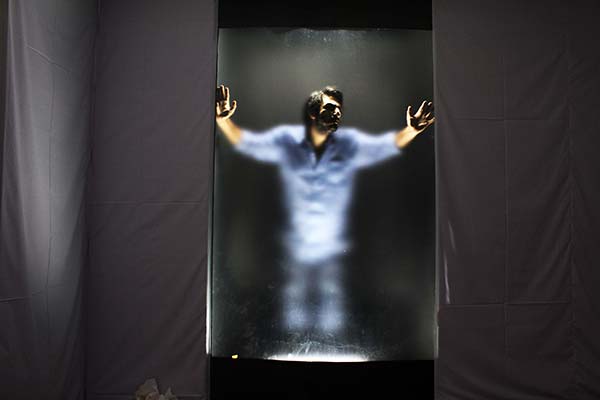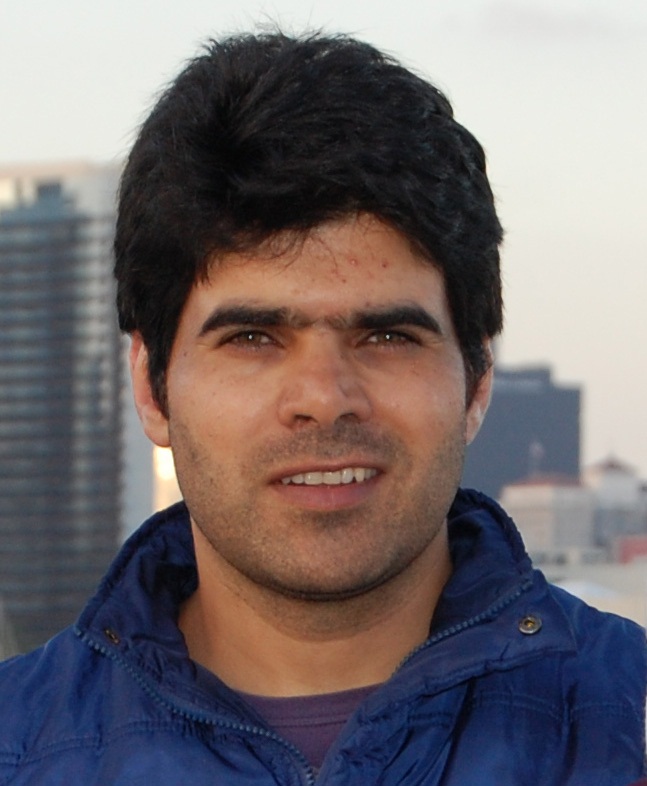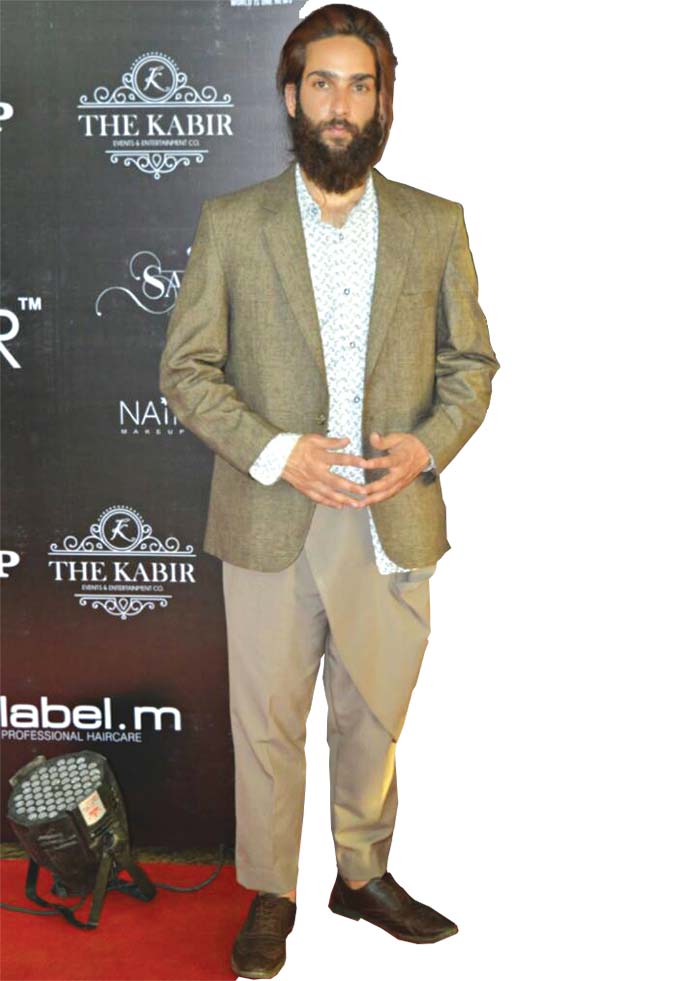Mattan’s Athar Amir Khan nearly recreated Shah Faesal moment in Kashmir with his recent performance. Riyaz Ul Khaliq reports the previous such golden moments of Kashmiris making it big in elite exams
![IGP-SJM-Gilani]()
SJM Gilani
Six years after Shah Faesal became the poster boy of civil services, Kashmir got another Indian Administration Service (IAS) topper. The top selection apparently renewed the ‘mission bureaucracy’ vibes in Kashmir.
Mattan Islamabad’s Athar Amir Khan last week was one among the ten people from Jammu and Kashmir who cracked the 2015 IAS. No sooner the results were announced, the debate of sorts started in Kashmir with people, especially Netizens deliberating the selections threadbare.
![Athar-AMin]()
Athar Amir
But whatever was said and done hardly affected the civil service qualifiers, who were seen sharing their success tips. Leading from the front, Athar not only stole the show back home, but also created name outside. His achievement, however, failed to match with Shah Faesal’s 2010 feat.
Last week’s results were based on combined scores in a written examination held in December 2015 and interviews conducted in March-May 2016.
Every year, Union Public Service Commission (UPSC) conduct exams in three stages — preliminary, mains and interview — to select candidates for the elite Indian Administrative Service (IAS), Indian Foreign Service (IFS) and Indian Police Service (IPS), among others.
It was through this selection process that an IITian, Athar Amir Khan qualified IAS as its second topper. It was his second try. In 2014, he was among seven Kashmiris to have qualified the prestigious exam and was ranked at 560.
![A-G-Mir]()
A G Mir
The other nine candidates, amongst a total of 1078 candidates from across India, include: Deeba Farhat, Sheema Nabi Qasba, Bilal Shafiq Chodhary, Vinay Kumar Langeh, Dr Basharat Qayoom, Syed Junaid Safvi, Safdar Ali, Ruveda Salam and Shakil Ahmad Ganaie.
So far, three Kashmiris were able to secure the top positions. In 1982, it was Khurshid Ahmad Ganaie who secured second position. Athar and Ganaie live in the same area. “History has been repeated,” a local from Mattan said. Ganaie retired from his services early this year. Athar seemingly filled the void.
As the word about Athar’s success spread, his alma mater, IIT Mandi in Himachal Pradesh, broke into celebrations.
![Khursheed-Ganai]()
Khursheed Ganai
“Dear Aamir,” Director Mandi in a letter addressed to Athar, wrote, “Congratulations on your stellar achievement in the Civil Services Exam! I’m sure that your state of J&K will benefit greatly from your services in the years ahead!”
With his recent feat, the 24-year-old Athar became the youngest aspirant from Kashmir to qualify the examination. The Mattan boy did his schooling from Iqbal Memorial Institute, Islamabad till Class 10 before studying BTech.
“It was during those days that I started preparing for civil services,” he said. After completing his degree in July 2014, he joined a coaching academy in Delhi.
![Dr-Asgar-Samoon]()
Dr Asgar Samoon
“Focus and loyalty for the cause,” Athar said when asked the reason behind his success. Athar was currently undergoing training at the Indian Railways Institute of Transport and Management, Lucknow. But in 2015 IAS list, there are other Kashmiris too.
The second timer, Deeba Farhat improved her ranking this time. Last time, she was ranked at 553 in 2015 and this year, she secured 281th rank.
It was Ruveda Salam’s third chance. In 2015 list, she has got 764th position. She got into IPS first, then IRS, which she seems will continue this time as well.
![shah-faesal]()
Dr Shah Faesal
A law graduate, Sheeba Nabi Qasba managed to secure her berth at no 205. It was her second chance. Currently, Sheema is working with leading law firm in New Delhi.
Sheema schooled from Srinagar’s Missionary Schools before joining National Law University, Jodhpur to study law.
“I am really relieved after cracking the exams,” Sheema said. “It is a moment of great happiness for me.”
![Rayees-Mohammad]()
Rayees Mohammad
From Pir Panjal region, Bilal Shafiq Choudhary of Rajouri is ranked at 1019. A Jammu cop, Vinay Kumar Langeh also made it to the list ranking 477. He is set to become IPS now. The exam not only changed his rank, but his style of policing, too.
From central Kashmir’s Ganderbal, two candidates made it to the list this year. Dr Basharat Qayoom qualified the IAS in first attempt. A resident of Satruna, Kangan, he is ranked at 578.
A “quite successful” doctor, Basharat has also qualified PG (Medicine) this year. “But deep inside my heart,” he said, “I always felt to move to some appropriate platform wherefrom I could serve the people in a better way and also at the grassroots level.”
The doctor was inspired from the feat of ex-medico, now Director School Education Kashmir, Shah Faesal.
From Ganderbal again, Shakeel Ahmad Ganaie of Barsoo qualified the exams ranking 273.
![Sheema-Nabi-Qasba]()
Sheema Nabi Qasba
Shakeel’s success lies in the inspiration he got from his father and brother. “My father and brother showed me the way,” he said. “They say that only dedication and hard work yield results.
We need to work hard to attain our goals and have firm belief in Almighty Allah for achieving success.”
Interestingly, Kashmir had sent the last persons to IAS in 1994 when SJM Gillani (current Kashmir police chief) and AG Mir (IG Kashmir Intelligence) qualified IAS. They are successors of current Kashmir Divisional Commissioner, Dr Asgar Samoon, who qualified IAS in 1992.
![Ruveda-Salam]()
Ruveda Salam
“It was impossible to even imagine for youth to join forces representing state under situational crisis in Kashmir,” said a law professor of Kashmir University, while deconstructing the IAS void in state. “People were saddened by state of affairs and Khaki was a ‘hate symbol’.”
In 2008, it was Rayees Muhammad Bhat, the incumbent Pulwama police chief, who broke the IAS jinx in 2008 after decadal lull. He had qualified the Indian Revenue Service (IRS) with 295th rank. “After selected in IRS in 2008, I qualified IAS again in 2010 with 124th rank and I got in to IPS.”
![Safar-Ali-]()
Safdar Ali
SP Rayees said Kashmiris are naturally gifted writers, giving them an edge in the exam. “We only lack awareness,” he said. “But with Faesal and Athar securing top positions, students are getting aware, which is very good.”
In 2009, Imtiaz Ismail Parray, the incumbent police chief of Ganderbal district, cracked IPS securing 295th rank.
“It is a proud moment for entire Ganderbal,” said SP Imtiaz Ismail Parray, an IPS-2009, while talking about the two IAS selections from the area. “They could be the trendsetters for other aspiring youth.”
“It was difficult for me,” he said, “I had no one around me who could have been my role model. Now it is easy, and encouraging.”
In the following year when Kashmir rose into civil uprising in 2010, Dr Shah Faesal stood first in entire India.
From Shehr-e-Khaas, Syed Junaid Safvi too made it to the list and is ranked at 1069. From cold desert Leh, Dr Safdar Ali secured 980th rank. He is a Management graduate from University of Kashmir.
![Imtiyaz-Ismail-Parray]()
Imtiyaz Ismail Parray
Close on the heels of the recent IAS results, the section of media asked the qualifiers, “if they see a contradiction being an IAS officer and a Kashmiri?”
“Such questions were never asked by the Congress or Muslim League from boys who qualified ICS during the British rule,” wrote Zahid G Mohammad on his Facebook wall. India was run for over ten years by ICS officers only, he said.
“When first ICS officer from Jammu and Kashmir Quadratullah Shahab told Quaid-e-Azam Jinnah that he wanted to join the Muslim League, Jinnah didn’t allow him and instead told him to serve to his best capacity as ICS officer.”
Kashmir’s new breed of IAS officers caught in somewhat same political discourse assert: “Let us serve to our best capacity as IAS officer.”
















 In 2012, when Saba Shawl, now 29, cleared Public Service Commission (PSC) exam for the post of Superintendent of Police for Prisons, it was an “unorthodox” choice.
In 2012, when Saba Shawl, now 29, cleared Public Service Commission (PSC) exam for the post of Superintendent of Police for Prisons, it was an “unorthodox” choice.






 The famous Kashmiri cuisine Wazwaan is now available online too. Now, one doesn’t need to hire a cook, or visit a restaurant or make arrangements to relish this delicacy. All you need to do is go online and place an order on Kashmiri Zaiqa, an e-commerce venture by two brothers, Mushtaq Dar, 25, and Javed Dar, 28.
The famous Kashmiri cuisine Wazwaan is now available online too. Now, one doesn’t need to hire a cook, or visit a restaurant or make arrangements to relish this delicacy. All you need to do is go online and place an order on Kashmiri Zaiqa, an e-commerce venture by two brothers, Mushtaq Dar, 25, and Javed Dar, 28.








 Parul was only five when her teachers saw a ‘star of tomorrow’ in her. In an annual school function, her dance performance left the audience stunned. When she turned 14, her poetry started getting telecast on a website that had a global audience. So, before coming out of school, she had already made a good image in the world of creativity.
Parul was only five when her teachers saw a ‘star of tomorrow’ in her. In an annual school function, her dance performance left the audience stunned. When she turned 14, her poetry started getting telecast on a website that had a global audience. So, before coming out of school, she had already made a good image in the world of creativity.